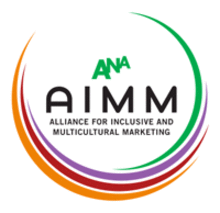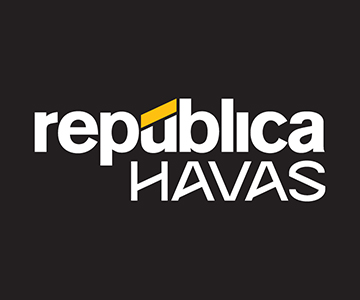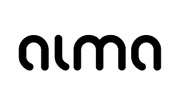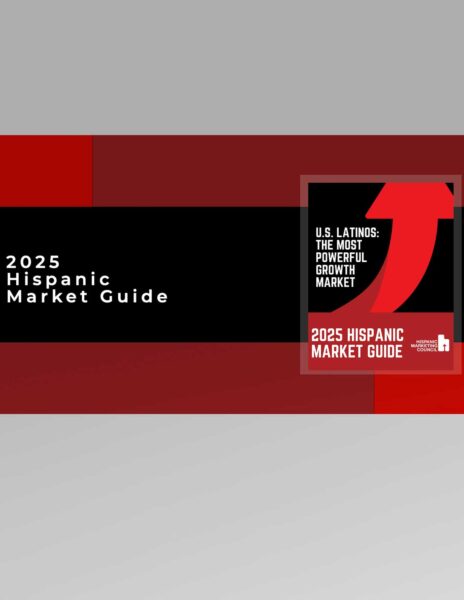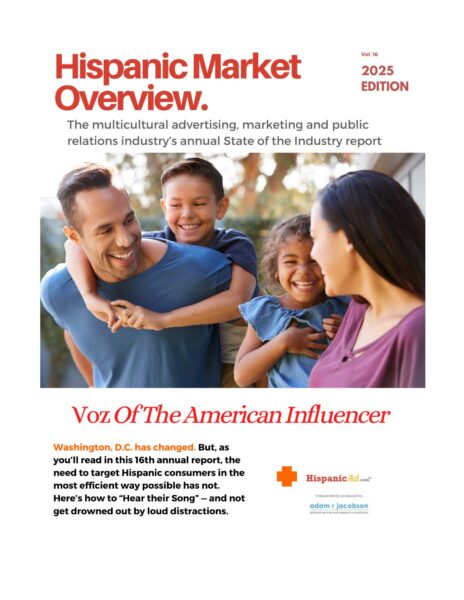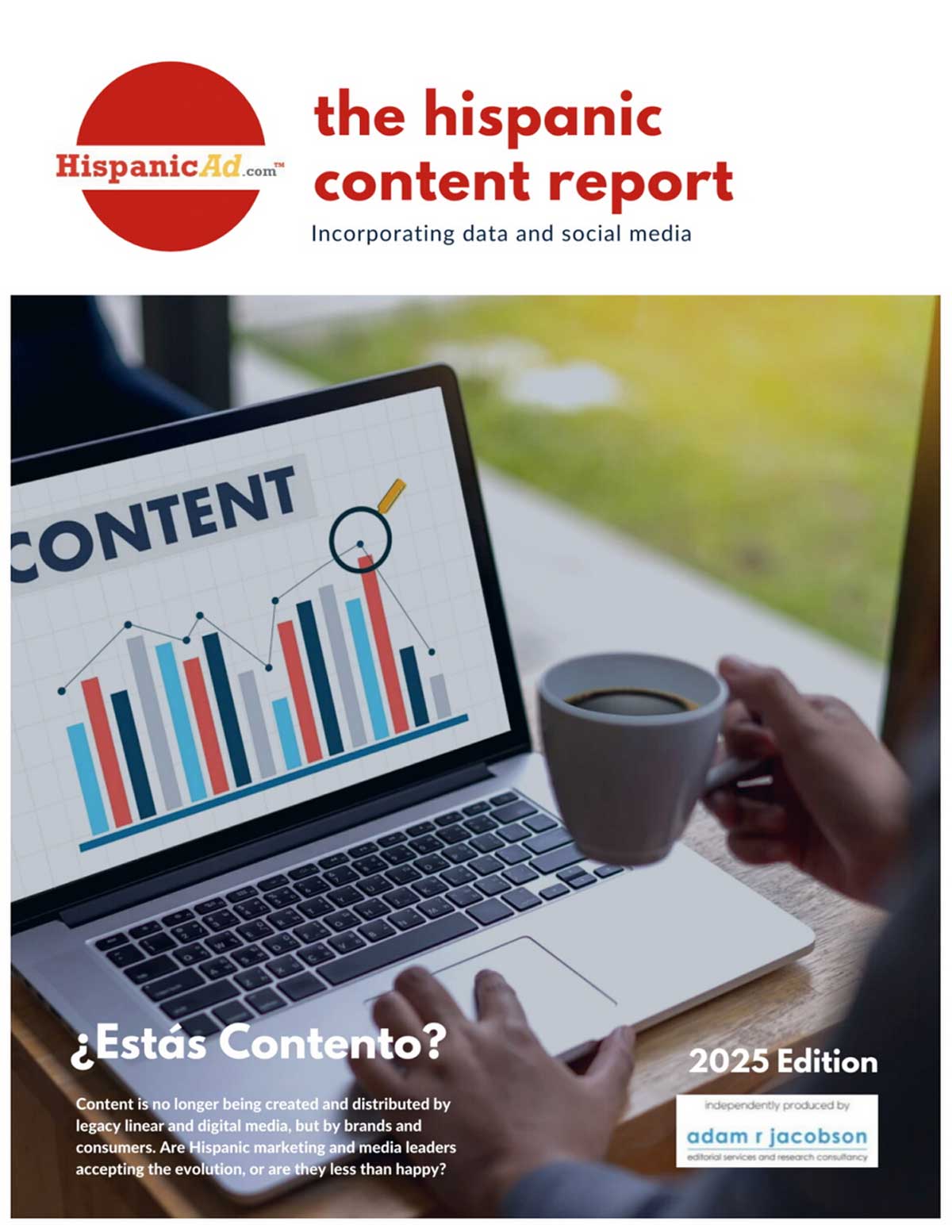Mid-market marketers are turning to AI to gain a competitive edge as strong winds to growth prevail
November 8, 2025

A new study by WARC and Intuit Mailchimp presented by LIONS Advisory reveals marketing teams in mid-market companies are in transition in how they are leveraging AI as an “equalizer” that enables them to amplify their impact and give them a competitive edge.
Often overlooked, these organizations with 10-499 employees, are vital to the business ecosystem. After weathering five years of unprecedented challenges — from pandemic disruptions to soaring costs and fragmented marketing channels — with the help of AI, they are adapting marketing strategies and team structures to overcome budget pressures, channel usage and martech priorities.
Lexi Wolf, Head of Advisory, WARC, says: “The Marketing Equalizer explores the state of marketing in the mid-market, the need for more effective marketing plans, and how technology can help these organizations compete on new terms. This report serves as both a mirror and a roadmap: a reflection of where the mid-market stands today, and a practical guide to how AI and martech can help close the distance between ambition and advantage.”
Jillian Ryan, Senior Manager, Content Marketing Strategy, Intuit Mailchimp, says: “We’re at a pivotal moment. Our research for this report, conducted with WARC, shows that mid-market marketers are acutely aware of one major gap in their arsenal: AI literacy and capability. But they see AI as the equalizer and a powerful tool that must serve a solid strategy. This report outlines a clear, four-step roadmap for AI adoption. It breaks down the process from diagnosing the biggest pain points to strategically implementing AI so that it drives effectiveness, not just efficiency.”
This paper is based on a survey conducted by WARC on behalf of Mailchimp in January-February 2025. A total of 1,205 respondents from mid-market companies took part from the US (304), UK (301), Canada (300), Australia (150) and New Zealand (150), and represented a mix of B2C (54%) and B2B (46%). In parallel, more than 20 in-depth interviews with marketing leaders and subject matter experts were also conducted.
Key takeaways outlined in The Marketing Equalizer are:
Mid-marketers’ marketing plans need to shift toward long-term growth: According to the survey, mid-market marketing investment is strong but spread thin. Spend is concentrated in just a handful of channels, often skewed toward short-term digital tactics, while owned media like email and SMS remain underutilized growth engines.
Where mid-market marketers have to do more with less, martech and AI can level the playing field: Mid-market marketing organizations have smaller teams, and less specialists. This is where AI and martech platforms can help with the heavy lifting, alleviating time and cost pressures. They also provide a route by which mid-sized companies can level up to larger, better-resourced organizations and outpace their competitors. According to the survey, the number of martech platforms a marketing team uses, and how heavily they rely on AI, is also strongly correlated with their competitive performance against other firms.
Mid-market marketers are optimistic about AI’s potential, but it’s an area they are least likely to have specialists in: 98% of survey respondents believe AI will improve marketing metrics. But most mid-market marketing teams are only at the beginning of their AI journey: AI is the area where mid-market marketers report they lack in-house expertise, it’s also their area of greatest concern regarding capabilities.
AI can be the mid-marketer’s competitive edge: Marketing teams that commit to AI adoption as a structured journey can turn efficiency gains into sustained growth. Those that delay risk ceding ground to faster-moving competitors.
Introducing the mid-market’s marketing playbook: What’s working now
Relative to their overall operating budget, mid-market companies spend heavily on marketing. B2B organizations are particularly committed. However, channel diversification is low. The majority of companies (87%) used eight channels or fewer, with the median figure being 4.85 across both paid and owned.
Paid media usage skews heavily toward digital, with search and social dominating. Mid-market marketers may be focusing too much on the short-term. Investment should also be directed to creating future demand.
Owned media plays a critical role in building brand momentum. Email is used across every stage of the funnel and delivers high levels of ROI. SMS is seen as strongly complementary, and adoption is growing.
Martech and AI: The powerhouse duo transforming marketing
Investing in martech platforms and AI improve mid-market marketers’ competitive standing. Yet the number of martech platforms used varies and the adoption of AI is broad, but not often deep.
Keeping the fundamentals of marketing growth in mind is paramount when starting to incorporate AI. Mid-market marketers should focus on using AI to improve marketing effectiveness, not just efficiency and should approach AI as a structured journey. Those that start with well-defined initiatives will be better positioned to capitalize on AI’s benefits.
Mapping AI solutions to the top marketing obstacles will enable companies to determine where to implement “AI done for you” or “AI done with you” solutions. Martech partners can support and enable AI experimentation, helping mid-market companies to learn the right lessons.
AI experiments and integrations will be more likely to achieve positive results by determining the areas of application and aligning them to the expected benefits. An important entry point for embedding AI is to help tighten the connections between paid and owned channels and the CRM systems that inform both. Together, these form a growth loop, where one component feeds the other.



